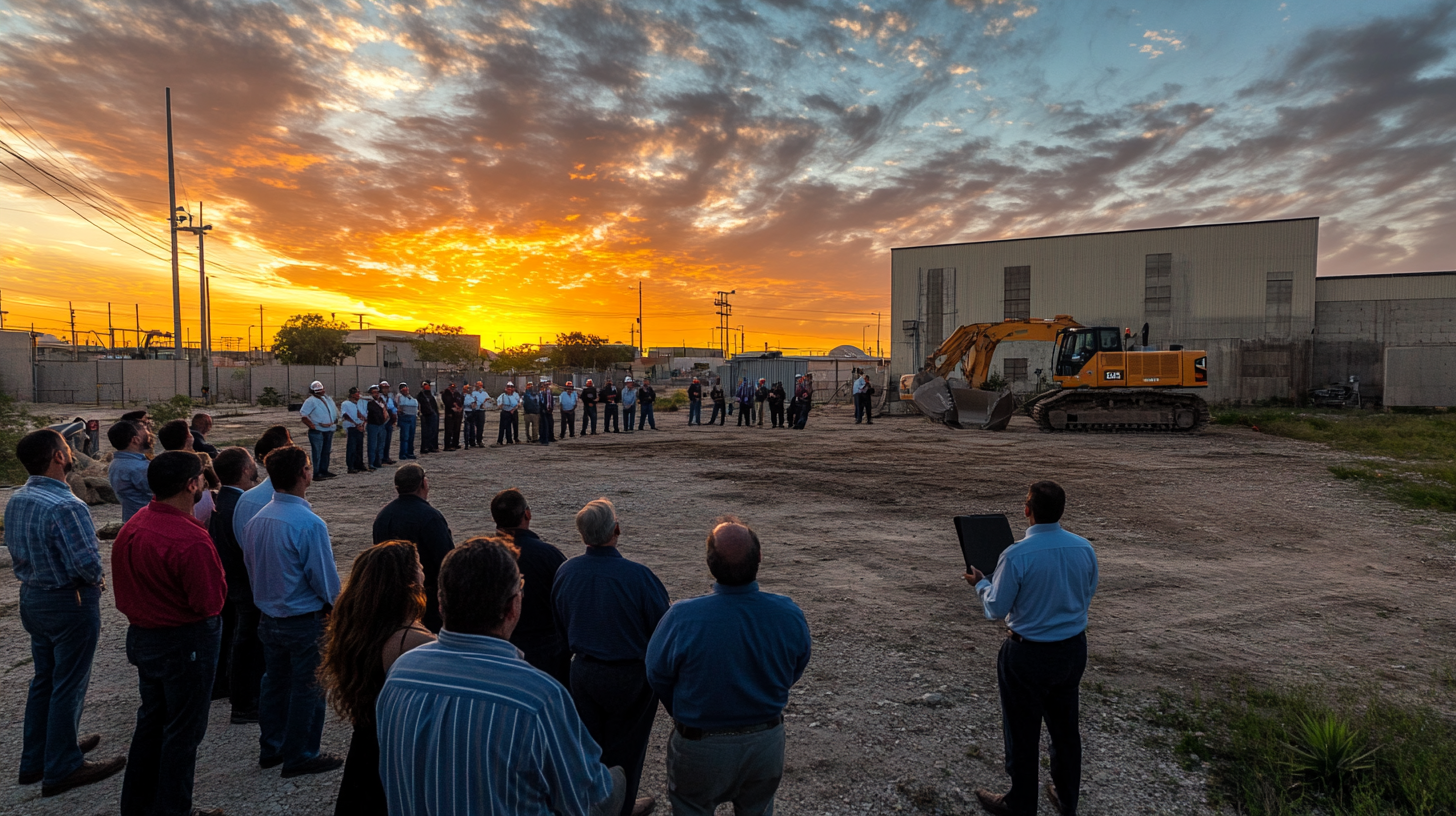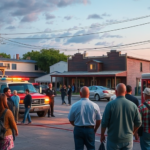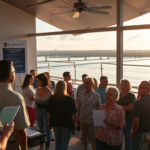Sepulveda Gives Update on Free Trade International Bridge Project
In a significant development for the Rio Grande Valley’s infrastructure and economy, Pete Sepulveda, the Executive Director of the Cameron County Regional Mobility Authority (CCRMA), offered key updates on the Free Trade International Bridge project. Speaking at a South Texas Manufacturers Association meeting in Brownsville, Sepulveda highlighted the project’s strategic response to a 250% surge in commercial traffic, predominantly fueled by increased fuel truck crossings.
Addressing Rising Traffic Concerns
The Free Trade Bridge project is set against a backdrop of burgeoning cross-border trade activities. Born out of necessity, the project addresses the need for structural adjustments to accommodate the exponential traffic increase over the past year. According to Sepulveda, the focus is on facilitating dual inspections by U.S. Customs and Border Protection alongside Mexican Customs. This system is intended to streamline processes, benefiting especially the transmigrantes, who transport used goods from the U.S. to Latin America.
Transmigrantes play a critical role in maintaining the robust exchange economy that exists between South Texas and much of Latin America. By pre-clearing fuel trucks on the U.S. side, the project promises a more efficient border crossing, which could reduce waiting times and logistical complexities for Valley residents and commercial drivers alike.
Construction and Progress
According to Sepulveda, the bridge project is already underway, with local contractor Ziwa at the helm. The construction is currently about 10% complete. Despite its scope, Sepulveda assured community members that it’s on track for a timely finish, anticipated within six to nine months. However, due to federal oversight, the timeline might extend as the project navigates General Services Administration (GSA) requirements. This federal involvement, though likely to draw the project out, ensures regulatory compliance and structural integrity.
Phased Development and Local Impact
The Free Trade Bridge initiative is part of a larger phased development strategy. Two additional phases are planned for the Los Indios – Land Port of Entry – Export Site Renovation. These phases involve temporarily relocating staff and reconstructing office workspaces for both U.S. CBP and Mexican Customs. Such comprehensive efforts highlight a commitment to enhancing operational efficiencies on a long-term basis.
Sepulveda’s announcements are likely to have extensive implications for the Rio Grande Valley’s local economy. By smoothing out trade routes and easing logistics, businesses could witness reduced transportation costs, potentially lowering prices for Valley residents. Furthermore, this infrastructure improvement will likely make the region more attractive to commercial entities seeking efficient avenues for cross-border trade.
Community Engagement and Perspectives
While Sepulveda’s update has largely been welcomed by many, local stakeholders are curious about the potential impacts on daily commutes and safety. Community advocate and Brownsville local Maria Torres expressed a sense of cautious optimism. “It’s encouraging to see infrastructure projects that consider long-term growth. At the same time, we hope that there will be clear communication about how these changes might affect local traffic patterns or lead to temporary disruptions during construction,” she noted.
On the flip side, concerns about the environmental footprint of increased commercial activity are also being raised. Environmental groups in the RGV are urging developers to incorporate sustainable practices into the construction process. By doing so, the project can align with broader goals to preserve and protect the Valley’s unique ecological landscape.
Looking Ahead
As the project progresses, its potential to reshape the RGV’s economic landscape remains significant. The dual inspection approach symbolizes a broader trend towards seamless international cooperation and commerce, which may set a precedent for other border regions. If successful, the project could catalyze further investment and infrastructure development throughout South Texas, strengthening the community’s resilience and adaptability in an interconnected economic environment.
For Valley residents looking to stay informed or voice opinions on the project, the Cameron County Regional Mobility Authority has promised regular updates through public forums and digital platforms. This open dialogue ensures that community interests remain front and center, fostering a spirit of transparency and collaboration.
In conclusion, Sepulveda’s update on the Free Trade International Bridge marks another stride in addressing local infrastructure needs. By accommodating increased traffic and facilitating smoother trade logistics, the project not only addresses current demands but also lays a groundwork for sustainable economic growth and community prosperity in the Rio Grande Valley.







